Software integration and development:
On its beginnings, CATUAV had to develop a full software package for UAS operation and control because of the lack of available solutions in the market. Furthermore, our vocation is to be always working in cutting edge UAS technology and applications, which usually forces us to develop custom software packets for both UAS control and data processing.
Having the most suitable suite of software is key in order to properly deploy any UAS application. Our background has given us a deep knowledge of the most relevant software solutions available in the market, so we can analyze the needs of your project and select the best software tools to apply. And if there is no available solution, we can always design and develop custom new software for it.
If you want to know more about how our capabilities can benefit your project check our know-how list or read about some of our most relevant projects below:
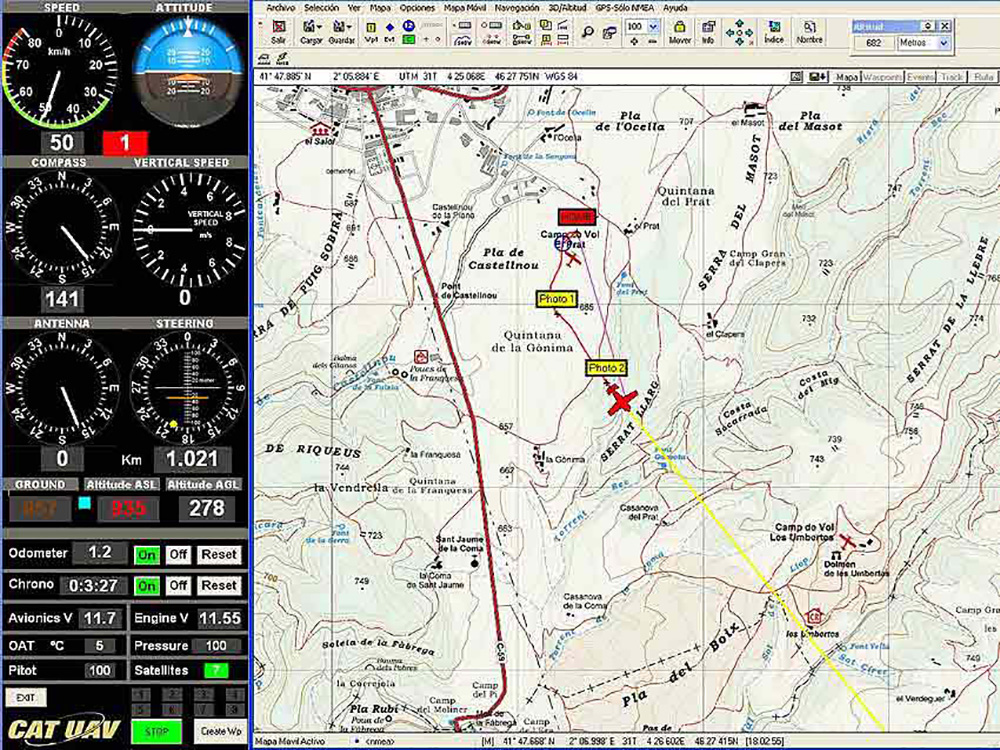
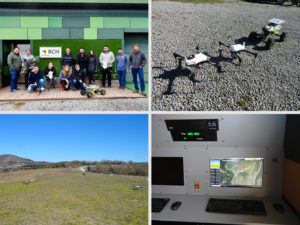
RAWFIE – 2016 to 2018
Read More
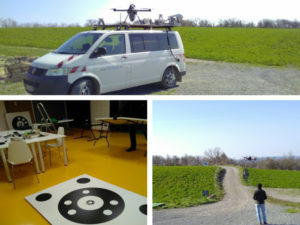
MAPKITE – 2015 to 2017
Read More
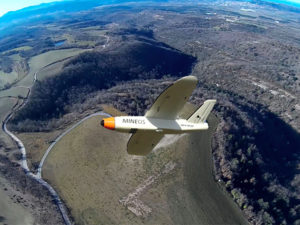
ALDRONE – 2015
Read More
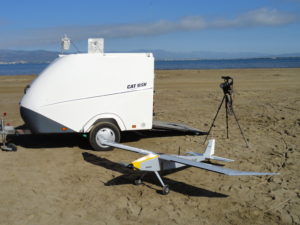
PHYTOSCOPE – 2012 to 2014
Read More
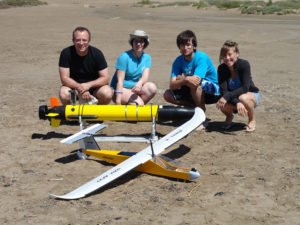
MESTRAL – 2012 to 2015
Read More
